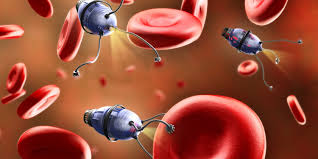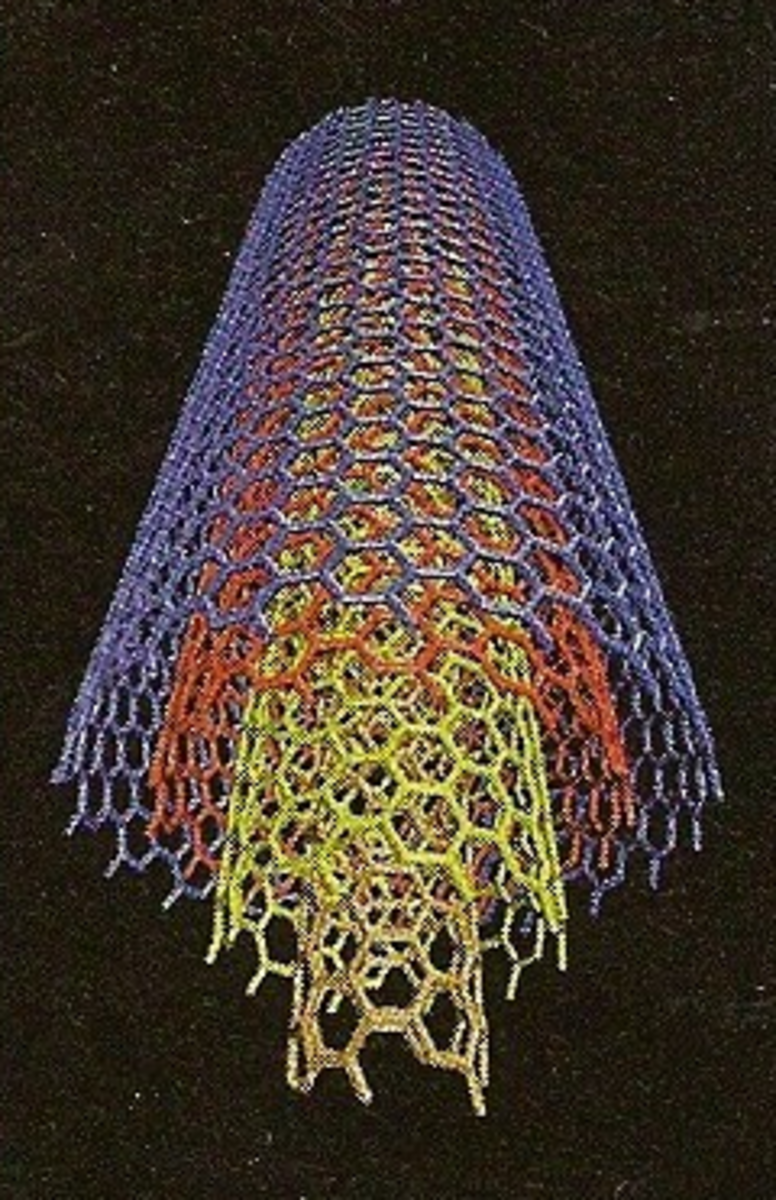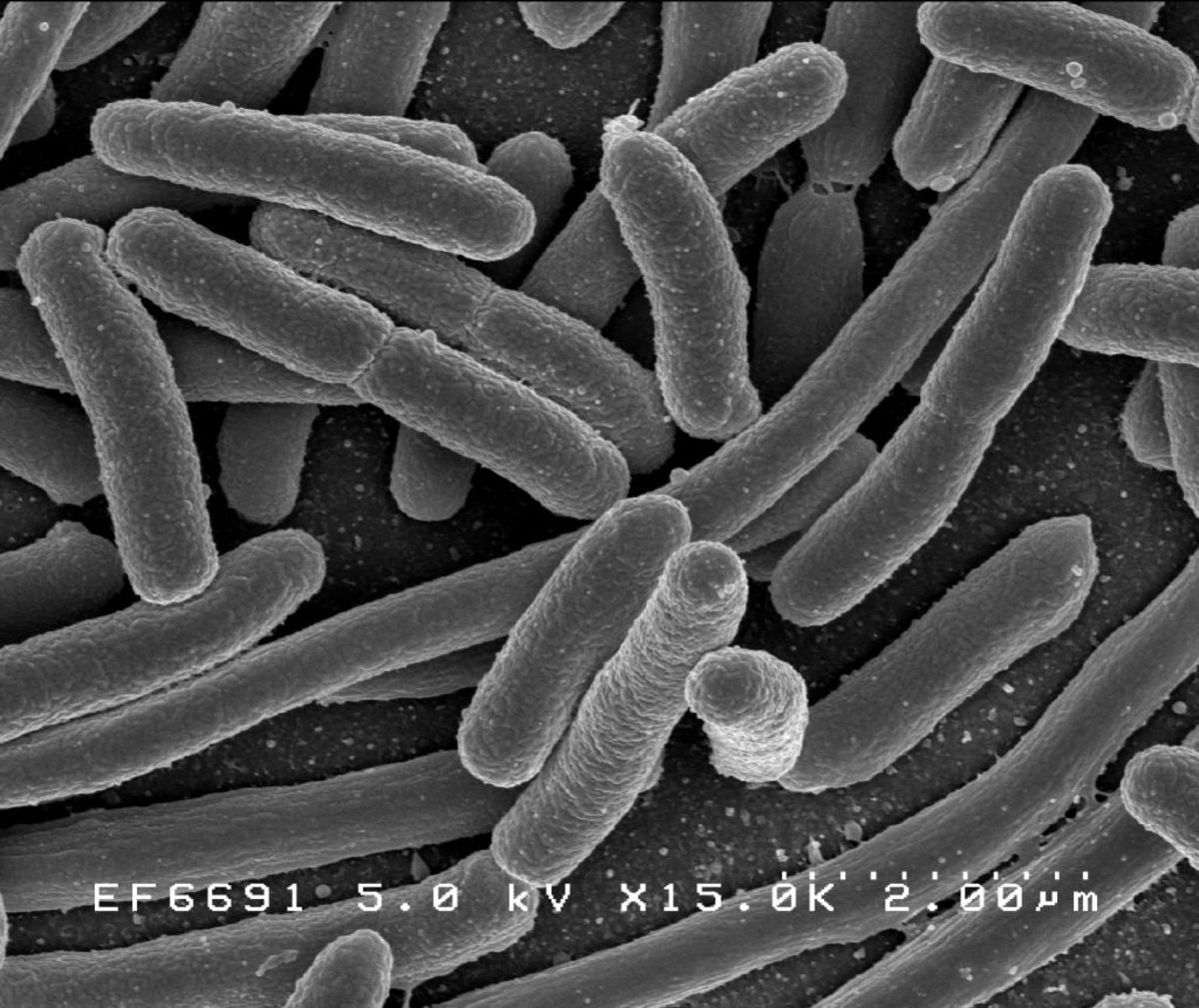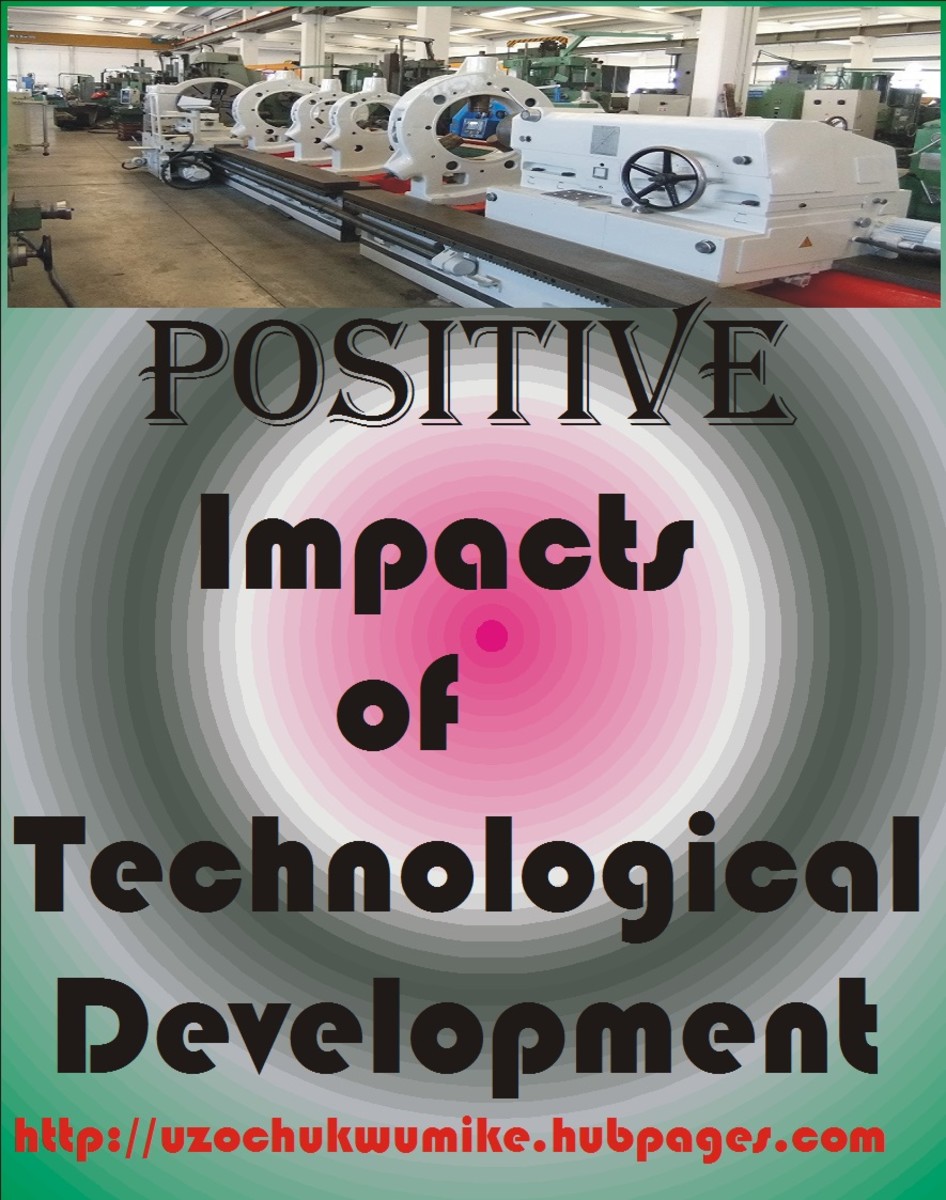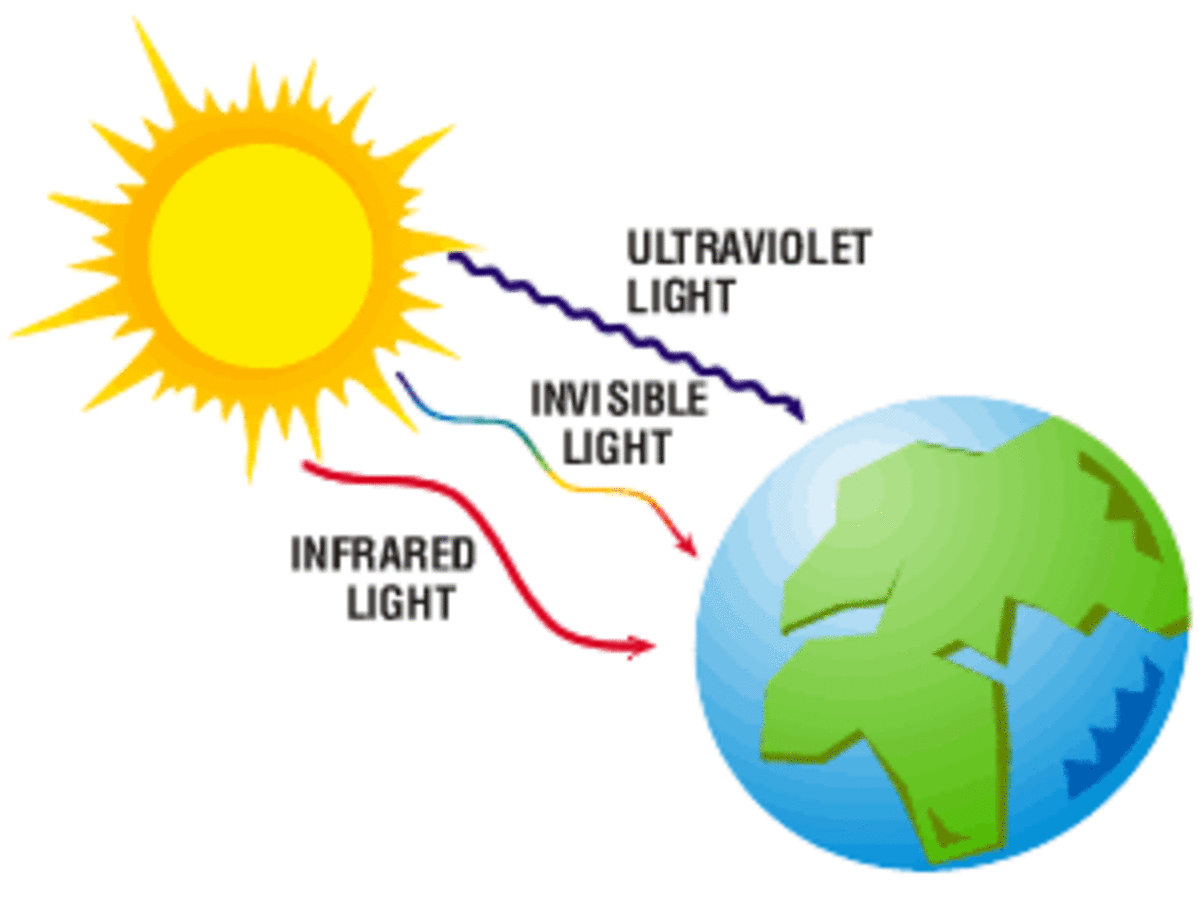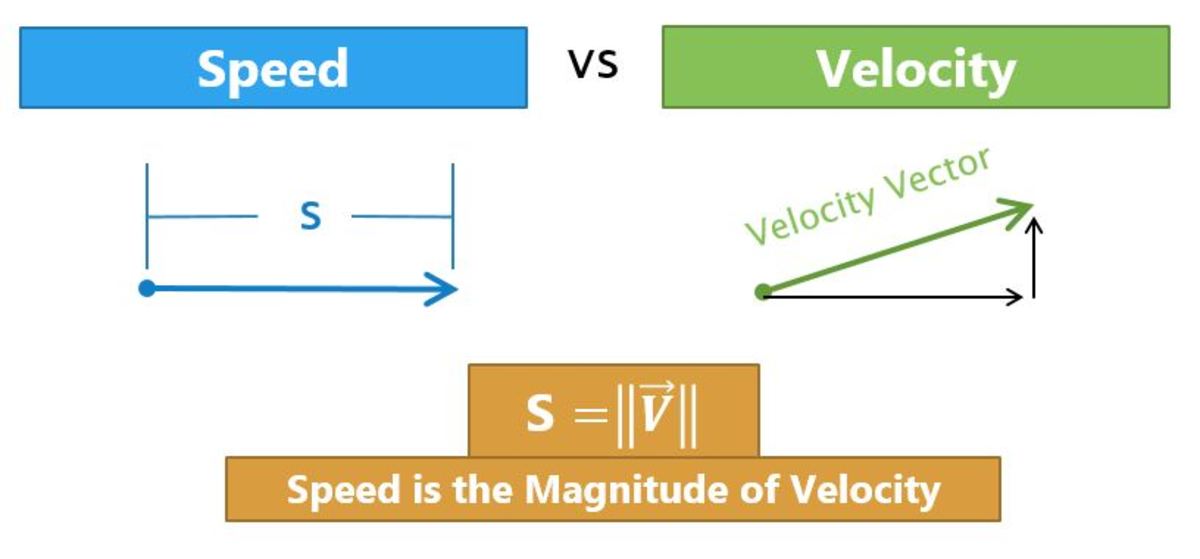The Age Of Nanotechnology
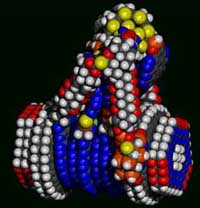
Imagine a world where nobody physically ages and illnesses, from the common cold to cancer are all but things of the past?
A world where poverty is non-existent as even the poorest would live in material comfort far beyond what the average person today experiences?
A world where space travel isn’t just for a few NASA officials or wealthy space tourists, but for everyone; with some folk travelling to and from space on an almost daily basis?
Think such a world is impossible or at the very least, not going to come about for hundreds of years? Well think again for according to many leading visionaries and engineers, humanity is on the verge of a technological revolution far bigger than anything we have ever experienced. A revolution which would make the industrial revolution pale in comparison. And the technology which is going to bring about this new age is ‘Nanotechnology.’
Over the last few centuries, technology has not only been getting more advanced but overall, has been getting smaller as well. This shrinking in size is known as ‘Microtechnology’ or the drive to continuously build items on a smaller and smaller scale. For example, whilst a typical computer in the 1950s would have been the size of a room by the 1970s, your typical computer would have been the size of a large suitcase. Fast forward to today and the typical computer is about the size of a mobile phone – aka Smartphone.
Unfortunately the age of Microtechnology is coming to an end as technology is now beginning to approach the molecular level - the very heart of matter. This is where the age of nanotechnology takes off, for by working at the molecular level, we will truly become masters of matter. By rearranging the molecular make-up of matter, it becomes possible to create materials and technologies which would dazzle even today’s engineers.
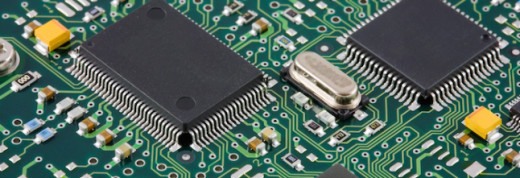
For instance, with nanotechnology it would be possible to create a ‘Space Elevator.’ For those of you who aren’t aware, a space elevator is a concept straight out of science fiction, where a tether (rope) is made which can connect a satellite in space to the Earth. With such a tether, we would effectively have an elevator, where crafts can travel up and down this tether in a way not to dissimilar to how an elevator travels up and down an elevator shaft. This would effectively make space travel very cheap and accessible to the common man. To learn more about space travel, why not read ‘Living on an O’Neill Sphere.’
So how would Nanotechnology work? Well once we have truly reached and conquered building machines at the molecular level, scientists say how it becomes very feasible to build a series of self-replicating machines (referred to as assemblers) which could move around individual atoms, rearrange molecules, etc. As these machines are self-replicating, it would only take a small number to start off with and within a short period of time, trillions of these machines could be created within the space of a few centimetres.
The reason for why so many machines would be required is due to the fact that as there are trillions of atoms and molecules which make up even the smallest bit of matter visible to the naked eye, one would need either a large number of machines, or a lot of patience! Yet as each machine can be programmed to make several copies of itself, before proceeding with whatever task it has been set out to do, it wouldn’t take at all long for the swarm of self-replicating assemblers to reach the required number to make objects large enough to be seen by the naked eye.
With the development of Nanotechnology, we humans would have at our fingertips the ability to create a true global utopia – one where no one will ever have to experience any form of poverty or starvation again. A world where the Earth would be cleaned off any previous man-made pollution, a world where no country would have to fight each other over lack of resources ever again.
Unfortunately if all this sounds too good to be true, then I’m afraid that there is a massive risk which we humans would face. For whenever a new game-changing technological breakthrough has ever occurred, it has not only enhanced the quality of our lives, but has also brought about another way in which we humans can harm ourselves and the planet. And with Nanotechnology, these dangers will be more far-reaching than anything we could currently conceive of doing.
In an upcoming hub, we will explore more thoroughly the dark side to Nanotechnology!
